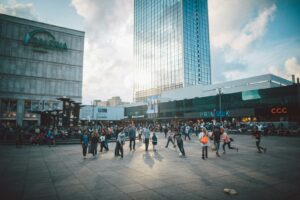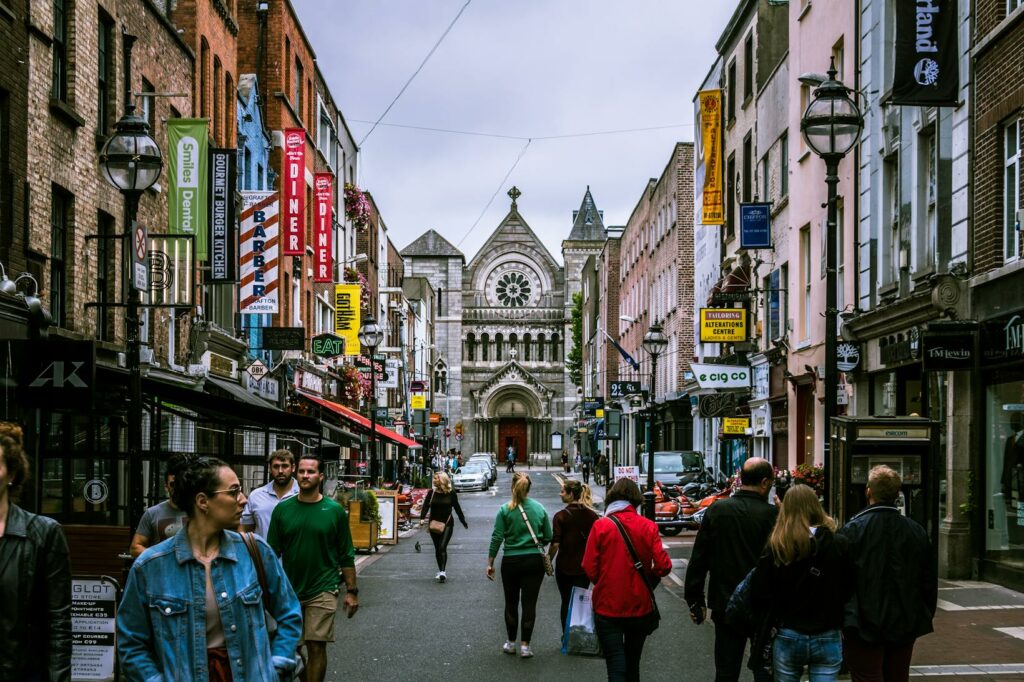Urbanization: a term that’s become increasingly familiar in the 21st Century. It’s a transformative process that’s reshaping our planet’s geography, driving the growth of cities and towns worldwide. But what exactly does it mean, and why should we care?
This article will delve into the heart of urbanization from a geographical standpoint. We’ll explore its definition, its implications, and the role it plays in our daily lives. With cities expanding at an unprecedented rate, understanding urbanization isn’t just a scholarly pursuit—it’s a necessity for anyone wishing to grasp the future of our world.
So, whether you’re a geography enthusiast, a student, or simply a curious mind, stick around. You’re about to embark on an enlightening journey into the world of urbanization.
Urbanization Definition Geography
Diving deeper into urbanization, it’s crucial to comprehend its definition and historical perspectives. Gaining knowledge about urbanization is vital for those interested in understanding the evolving geography of our planet.
 Defining Urbanization
Defining Urbanization
Urbanization refers to the process wherein individuals move from rural to urban areas, resulting in population growth and economic development in these urban regions. It’s typically associated with the expansion of industrialization, leading to the emergence and growth of cities and towns. Examples include the increased populace in regions like New York, USA, or Mumbai, India hinting at escalating urbanization rates.
Historical Perspectives on Urbanization
Historically, urbanization has been a powerful phenomenon transforming landscape and societies since the advent of the Industrial Revolution. With the onset of the 18th Century, individuals began migrating from rural to urban areas in search of opportunities, evolving into a steady, universal trend. Significant instances include the rapid urbanization of London and Manchester during the Industrial Revolution, or the growth spurts experienced by Tokyo, Japan and Lagos, Nigeria in the 20th Century.
The Process of Urbanization
Delving deeper into the intricacies of urbanization, it’s vital to unpack the key stages as well as the instigating factors. Scrutinizing these elements provides a more concrete understanding of urbanization’s impact on geography.
Factors Leading to Urbanization 
Urbanization, driven by specific conditions, demonstrates geographical transitions from rural to more densely populated urban areas. Some primary motors of urbanization include:
- Industrial Development: Places with significant industrial growth, like Manchester during the Industrial Revolution, attract large influxes of rural populations seeking employment and better living conditions.
- Technological Advancements: Developments in transportation, communications technology, and infrastructure promote urban growth. Tokyo’s rapid advancement serves as a perfect example of this factor.
- Social Factors: City life’s allure offering better educational facilities, healthcare services, and cultural activities contributes to urbanization, with Lagos, Nigeria being a prime instance.
- Environmental Issues: Environmental factors, such as agricultural difficulties or disasters, often propel populations toward urban areas.
The Stages of Urbanization
Urbanization is not a spontaneous occurrence; it progresses through defined stages, from the initial development to full-fledged mature urban areas. Here’s a simple outline of a typical urbanization process:
- Initiation Stage: This preliminary stage is marked by a rise in the local population due to migration from rural regions.
- Expansion Stage: Spread of industries prompts contiguous growth of urban areas, seen, for instance, in the spread of London during the Industrial Revolution.
- Acceleration Stage: The rapid, often exponential, growth in population and economy typifies this stage, similar to Tokyo’s growth during the 20th Century.
- Terminal Stage: This final stage sees a slowdown in growth rate, with the city focusing more on maintaining the developed infrastructure and stabilizing the economy.
Understanding the stages of urbanization, and the factors leading to them, is pivotal for analyzing how urban development patterns influence geographic landscapes and, in turn, the world at large.
A Powerful Force
 Urbanization’s role in geography can’t be understated. It’s a powerful force driving the transformation of landscapes and spatial structures. The shift from rural to urban living is a global trend, with varying impacts across developed and developing nations. The future of urbanization is continually evolving, influenced by emerging trends such as polycentric urban development and compact city models. Technology is a key player in this evolution, with Smart City tech, AI, and Autonomous Vehicles all shaping the urban geography of tomorrow. Understanding urbanization’s intricacies is essential for managing its challenges and harnessing its opportunities. This knowledge equips us to better navigate the urbanized world we live in and the one we’re building for the future.
Urbanization’s role in geography can’t be understated. It’s a powerful force driving the transformation of landscapes and spatial structures. The shift from rural to urban living is a global trend, with varying impacts across developed and developing nations. The future of urbanization is continually evolving, influenced by emerging trends such as polycentric urban development and compact city models. Technology is a key player in this evolution, with Smart City tech, AI, and Autonomous Vehicles all shaping the urban geography of tomorrow. Understanding urbanization’s intricacies is essential for managing its challenges and harnessing its opportunities. This knowledge equips us to better navigate the urbanized world we live in and the one we’re building for the future.



